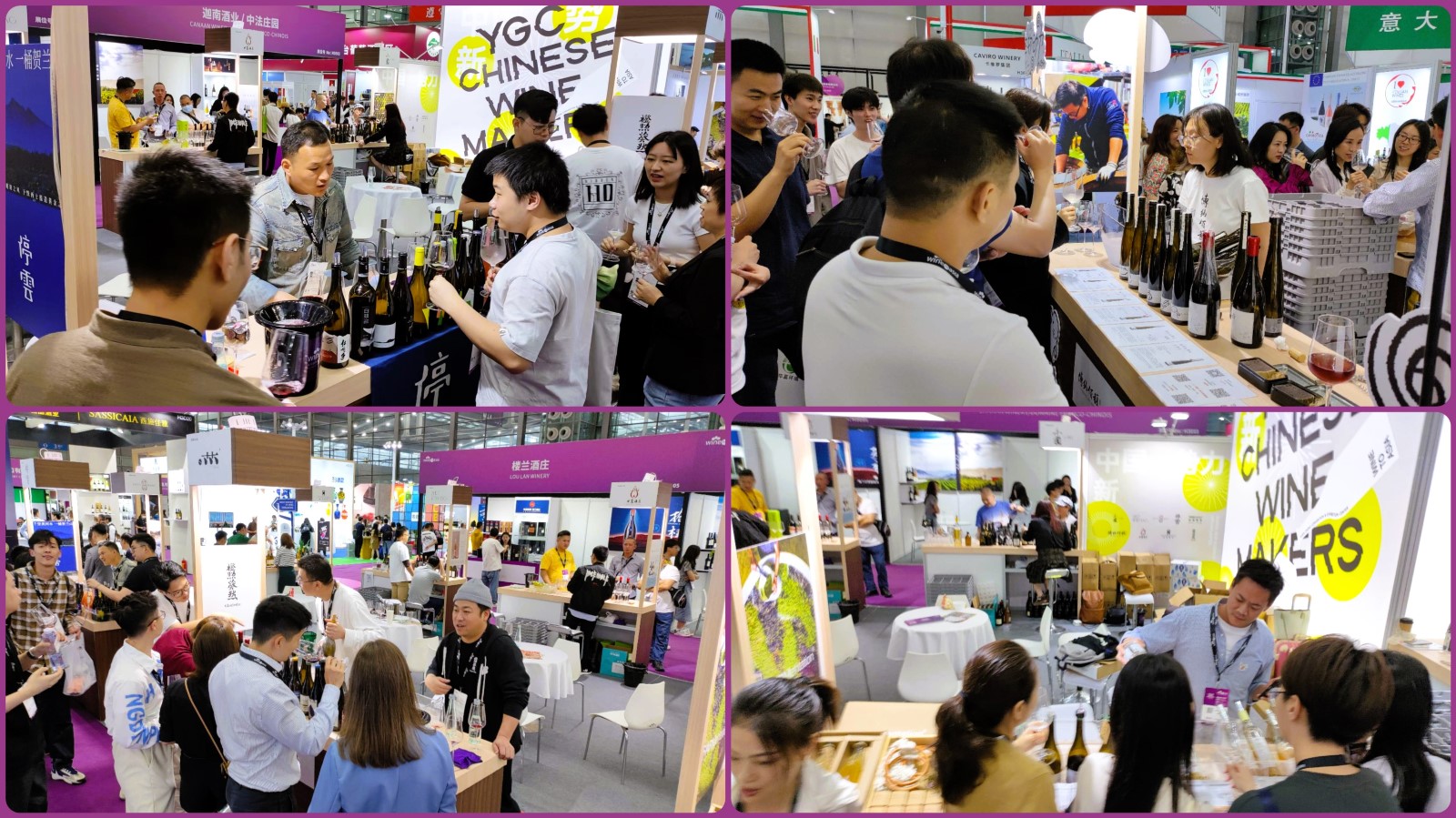[A version of this post appeared first in Grape Wall newsletter. Sign up for free here.]
Them youngsters. And their youngster wine-making ways.
The just-released list of participants in the “Young Generation China Wine” area at next month’s Wine to Asia trade fair in Shenzhen is a bright spot amid the doom and gloom currently around imports, production and sales.
First, the number of producers has risen from nine at the inaugural pavilion last year — when the group’s acronym was YGC — to 19 yesterday, with more than two weeks to go. (See my video of last year’s crew, complete with catchy music, here.)
Second, YGCW symbolizes the growing diversity within a local fine wine trade often seen as obsessed with expensive Cabernet-driven Bordeaux-style wines that are far from ideal for an emerging consumer market. Instead, this group covers a wide range of grape varieties, wine styles, provenances and price points. (See some examples below.)
Plus, stories, stories, stories, from the rugged coastal regions in Shandong to the wide flat arid ones in western China to the soaring mountain valleys of Yunnan in the south. Just the creativity of a new wave of labels by Chinese producers is enough to get some consumers picking up bottles. Here are a few from our World Marselan Day party this Saturday.
On top of this, YGCW members are the type to connect directly with lots of consumers, the type you are most likely to see at wine bar popups and at festivals, not only those for wine but also for whisky, coffee and [fill in the blank]. This is in contrast to some established wineries that gravitate to those standard dinners at high-end restaurants and five-star hotels where food is served one dish at a time, each paired with a wine, which is how almost no one eats or drinks here.
Of course, YGCW is far from the only group of local wineries collaborating in China. We can find many regional groups, with one of the best being Yinchuan Wine Association, although membership is of course limited by geography. Other groups draw on wineries from different regions, though these often gravitate toward the older more conservative producers, including some of the biggest, based on my observations.
What makes YGCW stand out, and why I think it is growing so fast, is that it tends to attract people who might be spread across China but are close in spirit in terms of pushing the boundaries of local terroir, making intriguing wines and connecting directly with retailers and consumers. The moxie of the YGCW members is good for the trade and consumers as a whole.
You can find the full YGCW list for Wine to Asia at this link. And below are a few examples of YGCW members, which are found everywhere from Inner Mongolia, Ningxia and Yunnan to Shaanxi, Shandong and Sichuan.
Xiao Pu
Run by former sommelier and wine buyer Ian Dai, Xiao Pu is a driving force behind the YGCW. Dai has made wine in a half-dozen regions of China, with a wide range of styles, from orange wines to soft plush reds to pet-nats, plus cider and gin, and he is among the most active in reaching out to wine bars and consumers. The red blend shown above is called “The Gathering” and is one of his most successful wines.
FARMentation
Luo Yuchen has combined steady gigs at wineries such as Jade in Shaanxi with projects around the country, including in Yunnan and Ningxia. As noted in my last newsletter, he is now pursuing a “renaissance” project to boost old brands and veteran grape varieties in China, with the first one inspired by Danfeng winery, founded in 1911 in Shaanxi.
Jiang Yu
Named after its founder, this garage winery in Qiushan Valley — close to Lafite’s Longdai, Treaty Port, Runaway Cow, Mystic Island et al — works with both regional grapes, including a small plot of Grechetto, and Chardonnay and Cabernet Sauvignon from Yunnan. Plus, experiments with Chinese oak barrels.
Mountain Wave
This winery in the rising Jinshan / Gold Mountain area of Ningxia focuses on an unexpected trio of Malbec, Marselan and Pinot Noir. These are used to make single variety wines as well as blends, both in still wine and pet-nat form. The ‘p.m.m.’ on the label above refers to the three varieties in question.
DEVO
Another Ningxia operation, mostly focused on traditional-method sparkling wines, and dabbling in other styles, including a pet-nat made with Cabernet Sauvignon.
Gloriville
This operation in Zhangjiakou, just north of Beijing, is focused on minimal intervention wines, including with the white grape Longyan / Dragon Eye, which has something like 800 years of history in this area of China.
Check out these producers and more during Wine to Asia!
Grape Wall has no sponsors of advertisers: if you find the content and projects like World Marselan Day worthwhile, please help cover the costs via PayPal, WeChat or Alipay.
Sign up for the free Grape Wall newsletter here. Follow Grape Wall on LinkedIn, Instagram, Facebook and Twitter. And contact Grape Wall via grapewallofchina (at) gmail.com.
